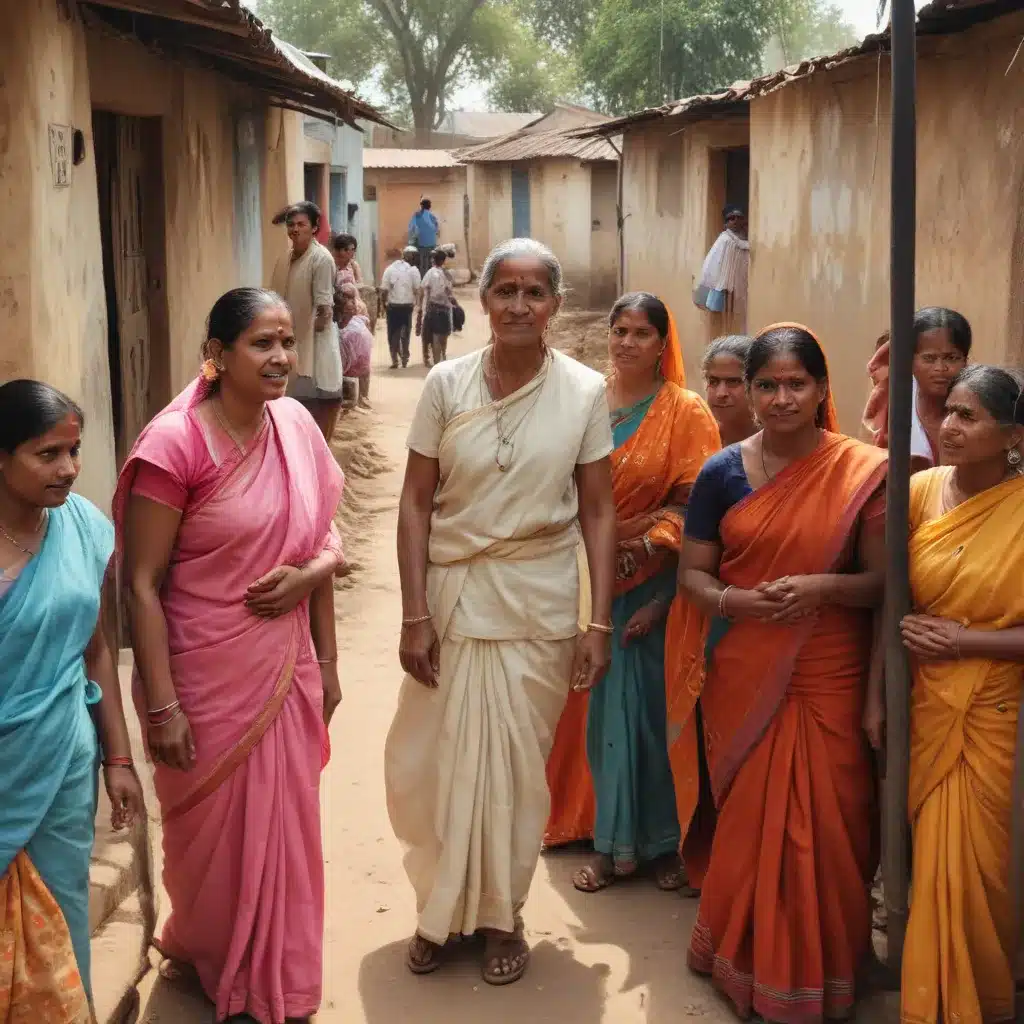
Addressing Gender Inequalities and Restrictive Norms in the Health Sector
Health systems across the world reflect and reinforce the gender biases and restrictive norms prevalent in society. These inequalities undermine the functioning of health systems and compromise the safety and wellbeing of both providers and the communities they serve. Addressing gender inequalities is thus a critical step towards building high-quality, inclusive health systems that can deliver on the promise of universal health coverage (UHC).
This article explores how restrictive gender norms and gender inequalities manifest within India’s health systems, and examines innovative strategies to disrupt these barriers. Drawing on global evidence and local case studies, we unpack the multi-faceted ways in which gender shapes healthcare access, delivery, and outcomes. We then propose a roadmap for gender-transformative health system reform, highlighting the vital role of community engagement, social movements, and accountable governance.
Reflections on Gender Inequalities in Indian Health Systems
Gender inequalities are deeply embedded within India’s health systems, mirroring and reinforcing broader societal biases. These play out across various dimensions, from healthcare access and quality to the experiences of health workers.
Biased Service Delivery:
Health services in India often prioritize care in ways that are consistent with traditional gender norms. For example, the system tends to value women primarily for their reproductive capacity, providing care for maternal and child health while neglecting their broader health needs. Conversely, men’s health receives far less focus, despite their higher risks and lower life expectancy compared to women. Discrimination and stigma against sexual and gender minorities further limit their access to appropriate, non-judgmental care.
Gendered Health Workforce:
India’s health workforce also mirrors broader gender hierarchies, with women occupying the lowest rungs as nurses, midwives, and community health workers, while men dominate as physicians and specialists. Women health workers face devaluation, exploitative working conditions, and even violence and abuse, all rooted in restrictive gender norms that cast caring roles as natural extensions of women’s domestic responsibilities.
Weak Accountability:
Institutional policies and practices often fail to address gender inequalities, and gender-responsive governance mechanisms remain limited. This lack of accountability allows discriminatory attitudes and behaviours to persist unchecked, further entrenching the marginalization of women, the poor, and other vulnerable groups within the health system.
Disrupting Gender Inequalities: Innovations from the Field
Overcoming these deep-seated barriers requires innovative, gender-transformative approaches that address the root causes of inequality. Emerging evidence points to several promising strategies:
Strengthening Gender Parity in the Health Workforce:
Increasing the representation of women, particularly in leadership roles, can help shift gender norms and power dynamics within health systems. Our global analysis found that countries with greater gender parity among physicians had better maternal and child health outcomes, underscoring the value of equitable workforce participation.
Empowering Frontline Health Workers:
Providing community health workers (such as India’s Accredited Social Health Activists, or ASHAs) with family support, community respect, and institutional recognition can enhance their productivity and health impact. This suggests the importance of transforming gender norms around the value of women’s work, both within households and health facilities.
Igniting Demand for Quality Care:
Mobilizing community groups, particularly women’s collectives, has proven effective in challenging health system inequities and improving service responsiveness. In Bihar, India, women participating in self-help groups demonstrated increased confidence in navigating the health system and advocating for respectful care from frontline workers.
Strengthening Accountability through Social Movements:
Broader social movements, such as the global #MeToo campaign, have reverberated across sectors, including health, forcing a reckoning with gender-based violence and harassment. Harnessing the power of collective action can help hold health systems accountable for providing equitable, high-quality care.
A Roadmap for Gender-Transformative Health System Reform
Realizing the vision of inclusive, high-quality health systems in India will require a comprehensive, system-wide approach that tackles gender inequalities head-on. Key elements of this agenda include:
-
Governing for Gender Equality: Health system leaders must adopt a shared vision of gender equity, backed by clear strategies, strong regulation, and continuous learning. Ministries of Health cannot achieve this alone and must partner across sectors to drive change.
-
Redesigning Service Delivery: Primary care should address a broader range of health needs, while specialized facilities focus on conditions requiring advanced expertise. Integrating gender-sensitive approaches at all levels of care is crucial.
-
Transforming the Health Workforce: Competency-based education, training in ethics and respectful care, and supportive work environments are needed to empower all health workers, regardless of gender, to deliver high-quality services.
-
Igniting Demand through Community Engagement: Governments and civil society must empower people, especially women and marginalized groups, to actively seek quality care and hold the health system accountable.
Enacting these changes will not be easy, as they challenge deep-rooted power structures and social norms. However, the cost of inaction is unacceptably high – both in human lives and missed opportunities for social and economic progress. By prioritizing gender equity, India’s health systems can become drivers of transformative change, fulfilling the promise of health as a fundamental human right.
Conclusion
Addressing gender inequalities is essential for building high-quality, inclusive health systems in India. This requires acknowledging how restrictive gender norms and power imbalances shape access, quality, and experiences of care – for both patients and providers. Innovative, gender-transformative approaches that empower communities, strengthen accountability, and reform health system foundations offer a path forward.
Ultimately, ensuring that all people can access competent, respectful, and responsive healthcare is not just a technical challenge, but a political one. It demands a deliberate, sustained effort to dismantle the gender biases that have long plagued India’s health sector. By pursuing this agenda, India can move closer to realizing the promise of universal health coverage – one where no one is left behind.

